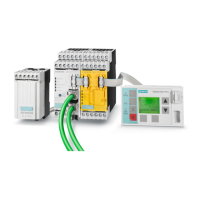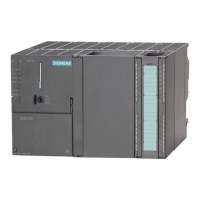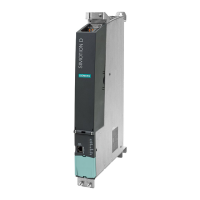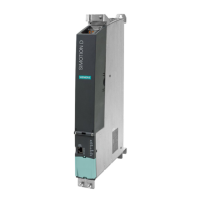Glossary
SIMOCODE pro - Fail-Safe Digital Modules
Manual, 11/2017, NEB631679702000/RS-AA/002
109
An enabling circuit is used to generate a safety-related output signal. From an external
viewpoint, enabling circuits act as NO contacts (however, in terms of functionality, safe
opening is always the most important aspect). A single enabling circuit, that is internally
redundantly configured in the safety relay (two channel) can be used for Category 3/4
according to EN 954-1 (EN ISO 13849-1:2006).
European Norm EXplosion-proof (EEx)
Defines the protection classes for motors used in hazardous areas.
Monitoring time in the fail-safe PROFIsafe option. A valid, current safety message frame
must be received from the F-CPU within this monitoring time. Otherwise, the PROFIsafe
option goes to the safe state.
A feedback circuit is used to monitor controlled actuators (e.g. relays or contactors with
positively driven contacts). The evaluation unit can only be activated if the feedback circuit is
closed. Note: The NC contacts of the relays to be monitored are connected in series and
integrated into the feedback circuit of the safety relay. If a contact in the enabling current
path is welded, the safety relay can no longer be activated because the feedback circuit
remains in the open position.
The field or field level of an automation system contains the individual sensors and
actuators, as opposed to the control level which is located above it in the hierarchy.
Industrial communication system that connects a large number of field devices (such as
sensors, final control elements, and actuators) to a control circuit device.
In automation engineering, the term "I/O" is used to refer to I/O devices. These include, for
example, devices that are connected to centralized controls.
All voltage levels used for the distribution of electricity that are within a range whose upper
limit in AC systems is generally 1000 V.
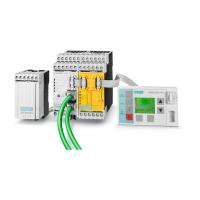
